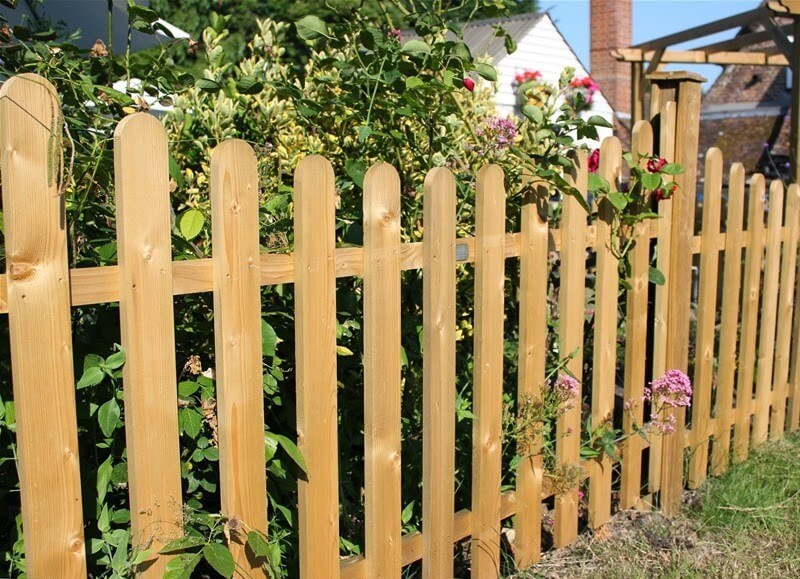01/07/2014 11:00 PM
Rotting and decaying garden fencing is not a pretty sight in anyone’s patch, is yours holding up against the elements? Here’s our guide to investing in a garden fence that can stand up to whatever the weather throws at it.
Installing a fence is a fairly major expense for most of us, but one that can have a dramatic impact on the appearance of the garden and even the value of your property. But as you stand back and bask in the beauty of your good looking garden, make sure that you are 100% convinced that the product you’ve just invested in is capable of doing its job for many years to come.

If you splashed out on a brand new car, you wouldn’t be happy if after just five years, the vehicle was covered in patches of rust would you? So when you buy a fence, you need to be assured that in a relatively short space of time, you won’t be faced with weakened posts and a failing fence.
But how do you make sure that the fence you buy won’t show signs of rot for a considerable number of years? Any timber which comes into contact with the ground or water, needs some kind of treatment to ensure that it is protected from wood decay and insect attack. The question is, what constitutes a long lasting and effective timber treatment?
Timber Treatment For Fences
Here's some advice to bear in mind when selecting a treated timber fence:
- Not all timber is suitable for timber treatment so ask what species of wood have been used in the fencing you are choosing. Corsican pine, radiata pine, southern yellow pine and scots pine are all softwoods which respond well to timber treatment, allowing the preservative to penetrate right through to the ‘heartwood’. Sapwood is the younger living section of the wood on the outside that is most likely to be susceptible to rot and damage caused by wood boring pests, heartwood is the wood at the ‘heart’ of the timber, that is more resistant to decay.
- Ask about the treatment process that has been used to protect the wood. If the preservative has just been applied by dipping or brushing, it will only be treating the surface of the wood and will not be suitable.
- Look out for a timber that has been pressure treated which means the preservative is forced right through the outer sapwood deep into the heartwood.
- Not all pressure treated timber will deliver a long life because for pressure treatment to be 100% successful it is necessary to thoroughly dry the timber first. Basic air drying won’t give a consistent result, the only way to really dry the wood effectively is to place it into a kiln and force hot air through the timber to achieve a moisture content of less than 28%.
- Look at the anticipated life span of the treated timber. Jacksons has its own unique Jakcure timber treatment system which offers a 25-year guarantee against rot and wood boring insects.
By buying a long lasting fence you will be doing your bit to save the planet too. Replacing a rotten fence is not only a matter of investing further money and time, it also represents a sizeable cost to the environment. If you have to pay for new fencing after just five years, it puts added pressure on a finite resource and also adds to the amount of concrete waste product that ends up in landfill sites and there’s still the increase in fuel emissions caused by the transfer of materials to consider …
Don’t forget, always ask for a fence which features timber that has been responsibly sourced, either under the FSC (Forest Stewardship Council) or PEFC (Programme for the Endorsement of Forest Certification) chain-of-custody schemes.
If you have found this post useful, please share with your friends and family who may also be interested!
Helpful blogs
How does rain affect your fence